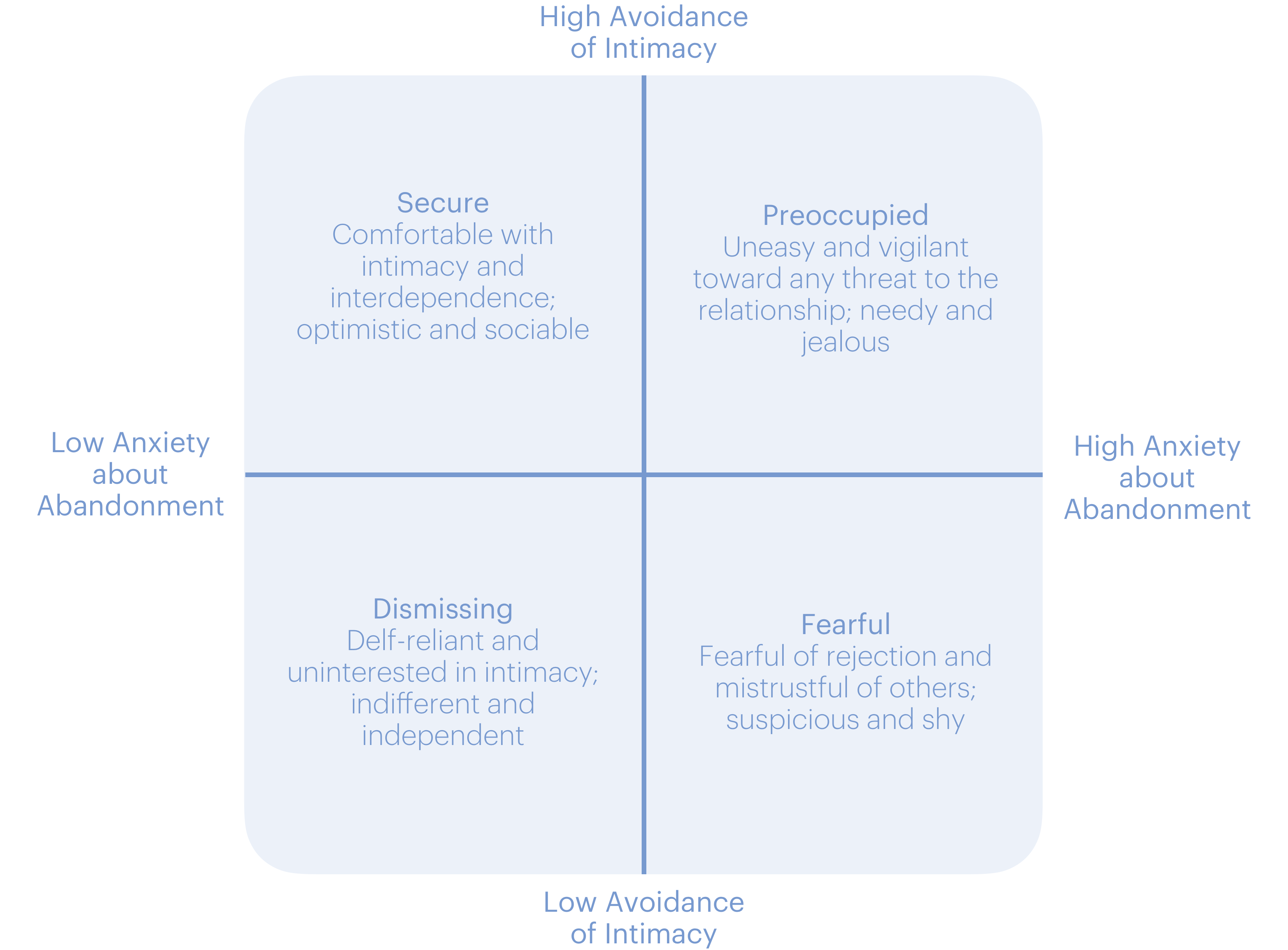The definition phase focused on investigating the theory, potential applications, and affordances of relevant research areas by conducting literature reviews, artifact reviews, and conversations with experts.
Kinda Human / Definition Phase
Introduction
The definition phase was dedicated to understanding the theory, potential application, and affordances. I drew insights from literature, projects, and conversations with experts. While I paid particular attention to both conversation and intimate relationships, I consciously decided to look beyond those subjects and into learning theories, theoretical frameworks, and other areas that might provide a more robust understanding of the topic.

Map of Relevant Areas of Study
The following section outlines the findings pulled from the aforementioned inquiry (Additional in-depth reviews are available here). The discoveries I made informed my understanding of an intimate relationship and the nature of a relationship's conversations as a design space.
For a deep dive into the literature and artifact reviews and the insights gained please refer below.




